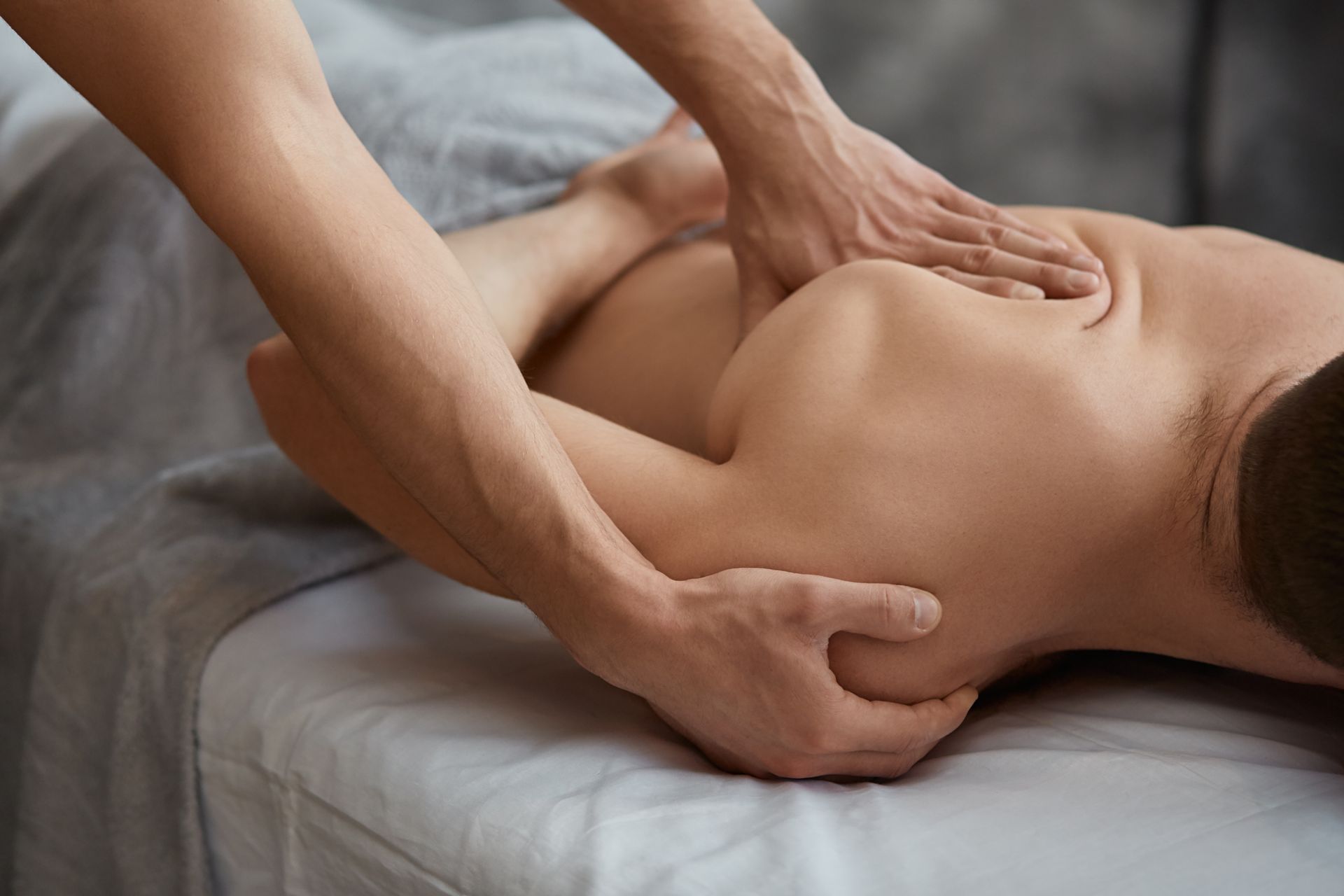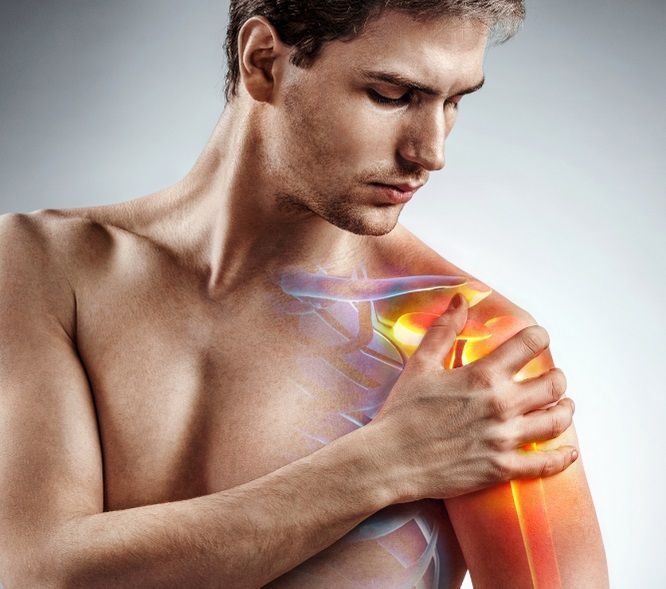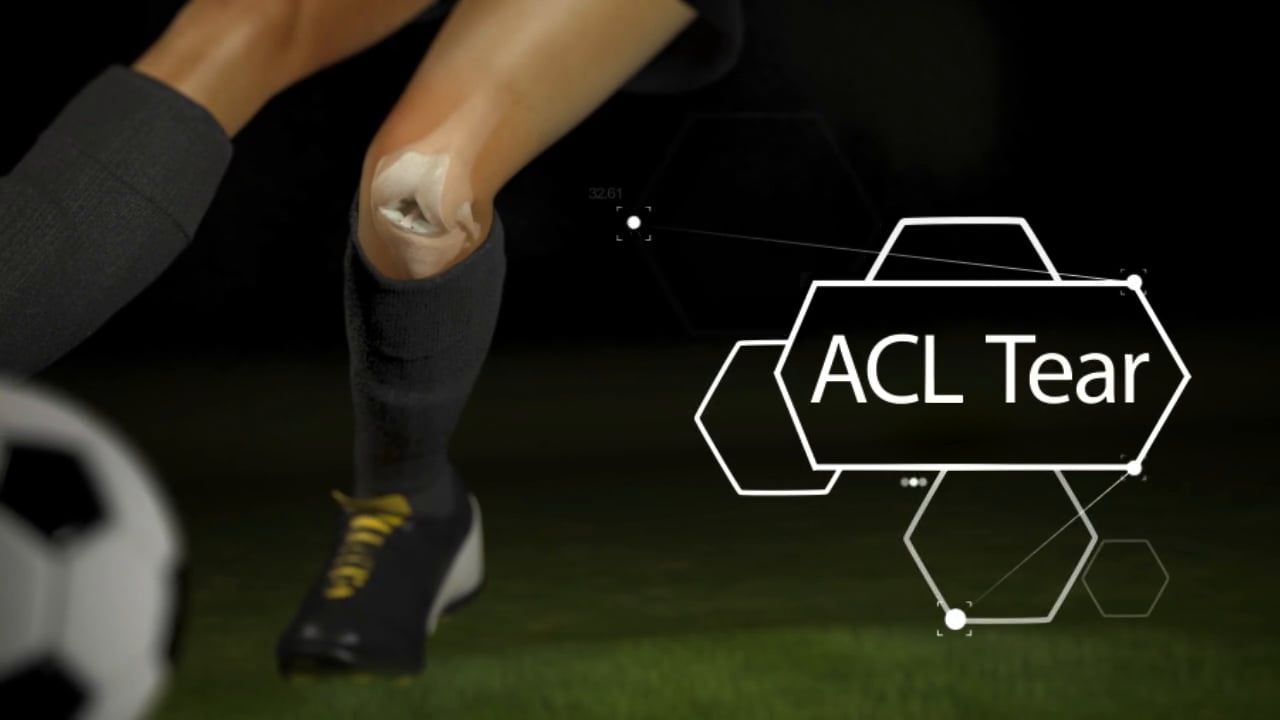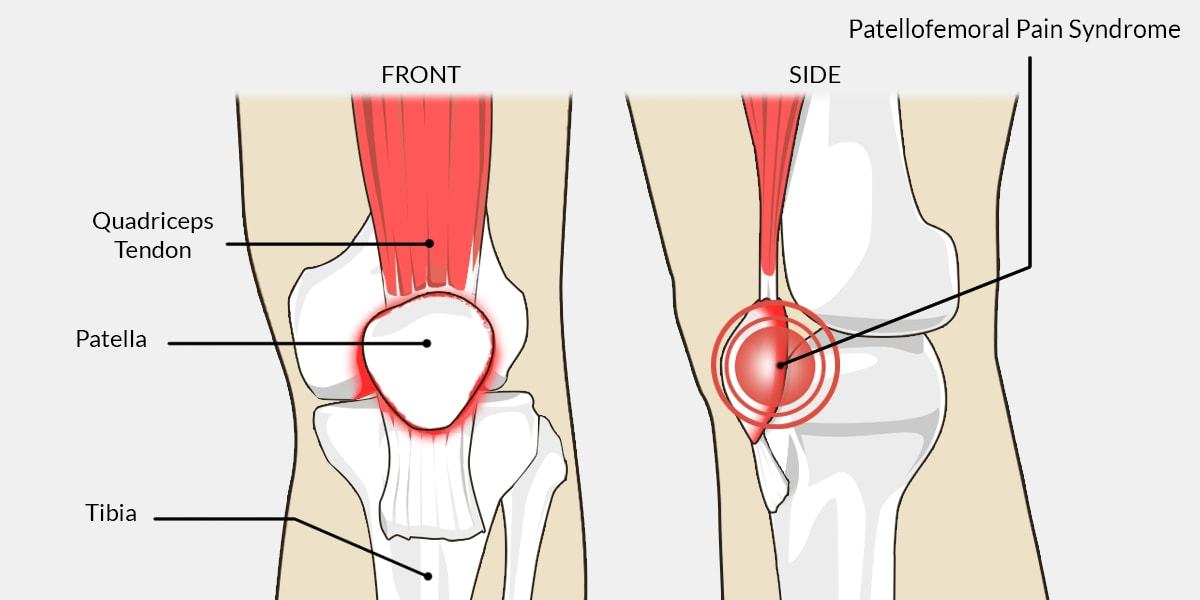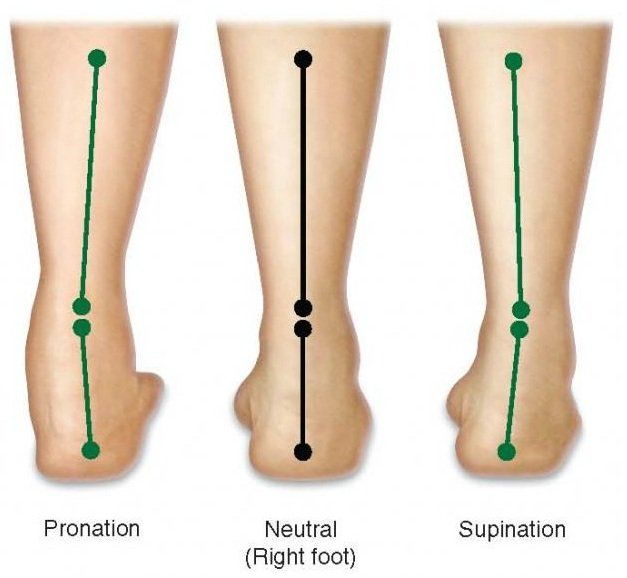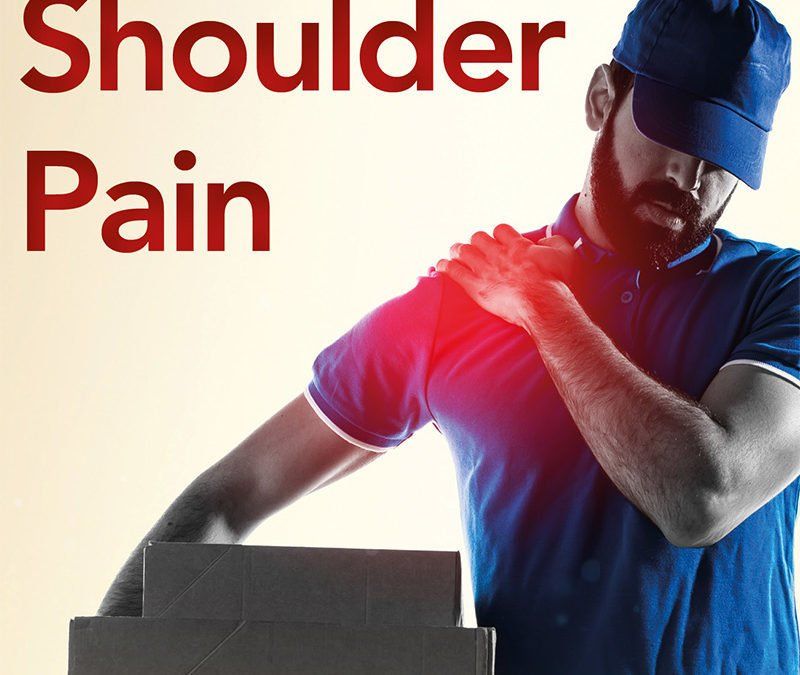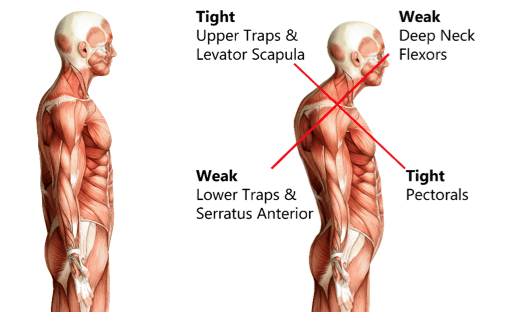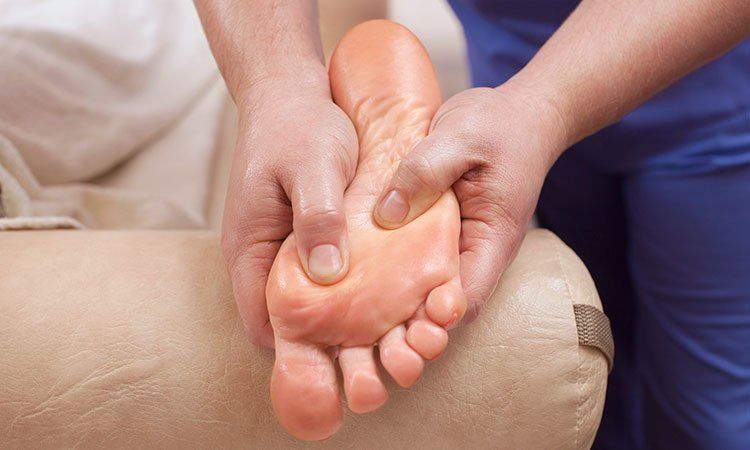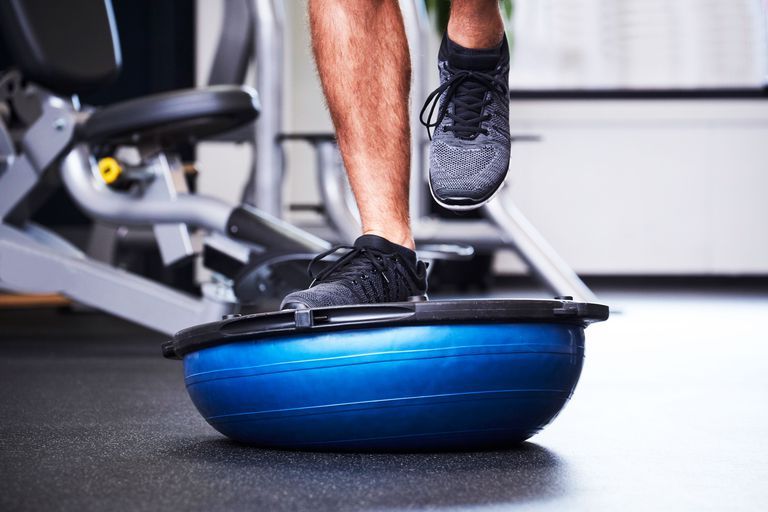ACL Tear and Injury Management for An Athlete
ACL Tear
"It’s the most dreaded phrase to hear in almost every sport: “You have a torn ACL.” A torn ACL used to mean a loss of an athletic career. Nowadays, they still levy a significant and heavy cost, often in the form of the loss of an athletic season.
ACL tears and subsequent ACL repairs carry a burdensome sports therapy rehabilitative path for athletes. Often times, athletes are out of commission for 8-12 months before they can return successfully to their sport.
People tear their ACL in a number of ways, but the most common is usually non-impact, eccentric portions of a dynamic or ballistic activity. Because there is often a rotational component to the force that tears the ligament, there is often meniscus or articular cartilage damage, in addition to the ACL tear, that must be addressed.
The ACL’s main function is to prevent anterior translation of the tibia relative to the femur. In other words, it makes sure your shin bone doesn’t go too far forward. While there are other structures that lend stability to the knee, the ACL is one of its primary inert stabilizers, and so damage to this ligament can be catastrophic, or it can seem that way at first.
Diagnosis
Diagnosis is often made on the field or court by a member of the sports medicine crew working that particular game. Whether the athlete is in the high school, college, or professional level, often times a physical therapist will know that the ACL is blown before the MRI is even performed. After the injury has been sustained, a physical therapist (or, often times, an athletic trainer) will perform a series of special tests and recommend an MRI for confirmation of ligamentous damage. At this point, the athlete’s journey to recovery begins.
Once an athlete has had their ACL surgically repaired, they embark on a long road of rehabilitation. This road will include many different components, but all of them will be directed at the one goal of returning the athlete to their particular sport, at a level that is equal to or better than when they got injured.
Surgery and Rehab
You can think of the rehab process being broken down into 4 stages:
Stage 1 typically is the first 6 weeks post-op. The main goals in this stage are to control pain and swelling and to restore full range of motion. In order to avoid contracture, a full extension should be achieved in the first week. During this stage, the athlete and physical therapist will work together to restore a normal gait pattern and to begin strengthening that mainly targets the hamstrings and quadriceps.
Stage 2 typically lasts from week 7 to week 12. The primary goal of this stage is a progression of strengthening exercises to help stabilize the knee. At this stage, closed kinetic chain exercises will remain the primary mode of knee stabilization/strengthening. If an athlete is particularly advanced in their recovery, sometimes straight line running (no cutting, twisting, or lateral shuffles) will be initiated if the physical therapist thinks the athlete can handle it; this is only done closer towards the 12-week mark.
The next stage, Stage 3, progresses strengthening exercises even further. If straight-line running wasn’t initiated in the previous stage, it will be initiated here. This stage often lasts between 12-20 weeks post-op.
Stage 4 is the stage every athlete looks forward to: the beginning of sport-specific drills intended for return-to-play activities. This stage is typically weeks 20-24+ and will include agility drills, multiplanar drills, single limb dynamics, plyometrics, power development, and other sport-specific drills deemed appropriate and necessary by your physical therapist.
How Do I Know I’m Ready?
“How do I know I’m ready to get back on the field?” It’s an understandable question every athlete asks themselves. Beyond your surgeon telling you that your graft is stable and has perfect structural integrity, the best answer is to find a physical therapist you trust.
You will have multiple follow-up visits with your doctor throughout your rehab process, but you will see your physical therapist far more often than your doctor. This means your physical therapist will have more data points to make a good judgment on your readiness to play.
Questions you can ask your therapist for determining your markers and overall progress are:
- “What is my bilateral thigh circumference?”
- “Do I have full knee range of motion?”
- “Is my single leg hop 90%+ equal?”
- “What is the isokinetic strength of my surgical leg?” (you want thigh circumference to be within 1 cm of each other, and your isokinetic strength to be at least 85-90% of your unaffected leg)" Andre Colbert
ACL tears can be scary, but with the right sports therapy team behind you, you can be back out on the field playing the sport you love in no time. If you or someone you know has suffered an ACL tear and don’t know where to start, schedule an appointment with us at Rehab Pro Sports Injury Clinic in Manchester City Centre to get you on the road to recovery.
